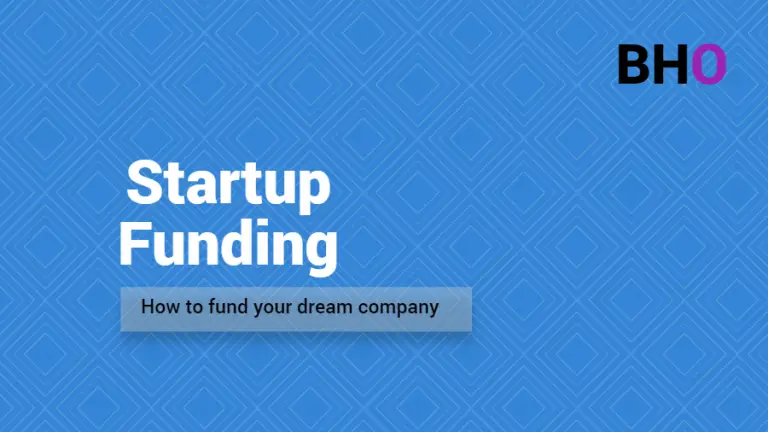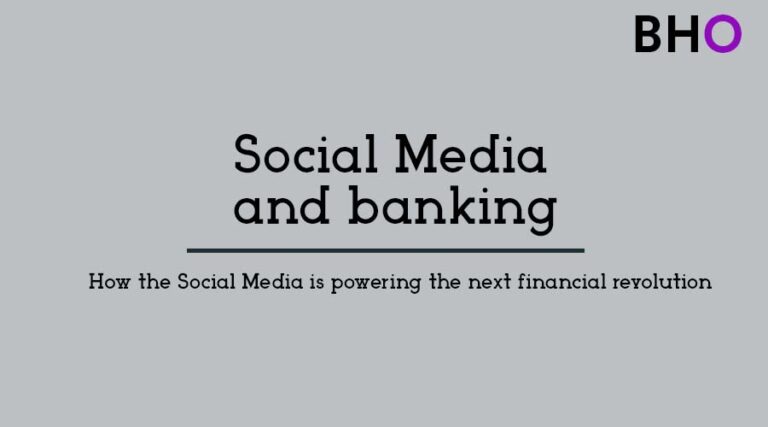The Ultimate Guide to Choosing the Best BI Tool for Your Business.
Table of Contents
Introduction
In the age of data-driven decision-making, Business Intelligence (BI) tools have become essential for organizations looking to leverage their data for strategic insights. These tools help businesses collect, analyze, and visualize data to make informed decisions. This article explores various BI tools, comparing their features, use cases, and determining which one might be the best for your business needs.

What Are Business Intelligence Tools?
Business Intelligence tools are software applications designed to retrieve, analyze, and report data for business analysis purposes. They are essential for turning raw data into actionable insights. Key functionalities typically include data mining, process analysis, performance benchmarking, and descriptive analytics.
Top BI Tools in the Market
1. Power BI
Power BI is a powerful BI tool from Microsoft, offering a suite of business analytics tools to deliver insights throughout an organization.
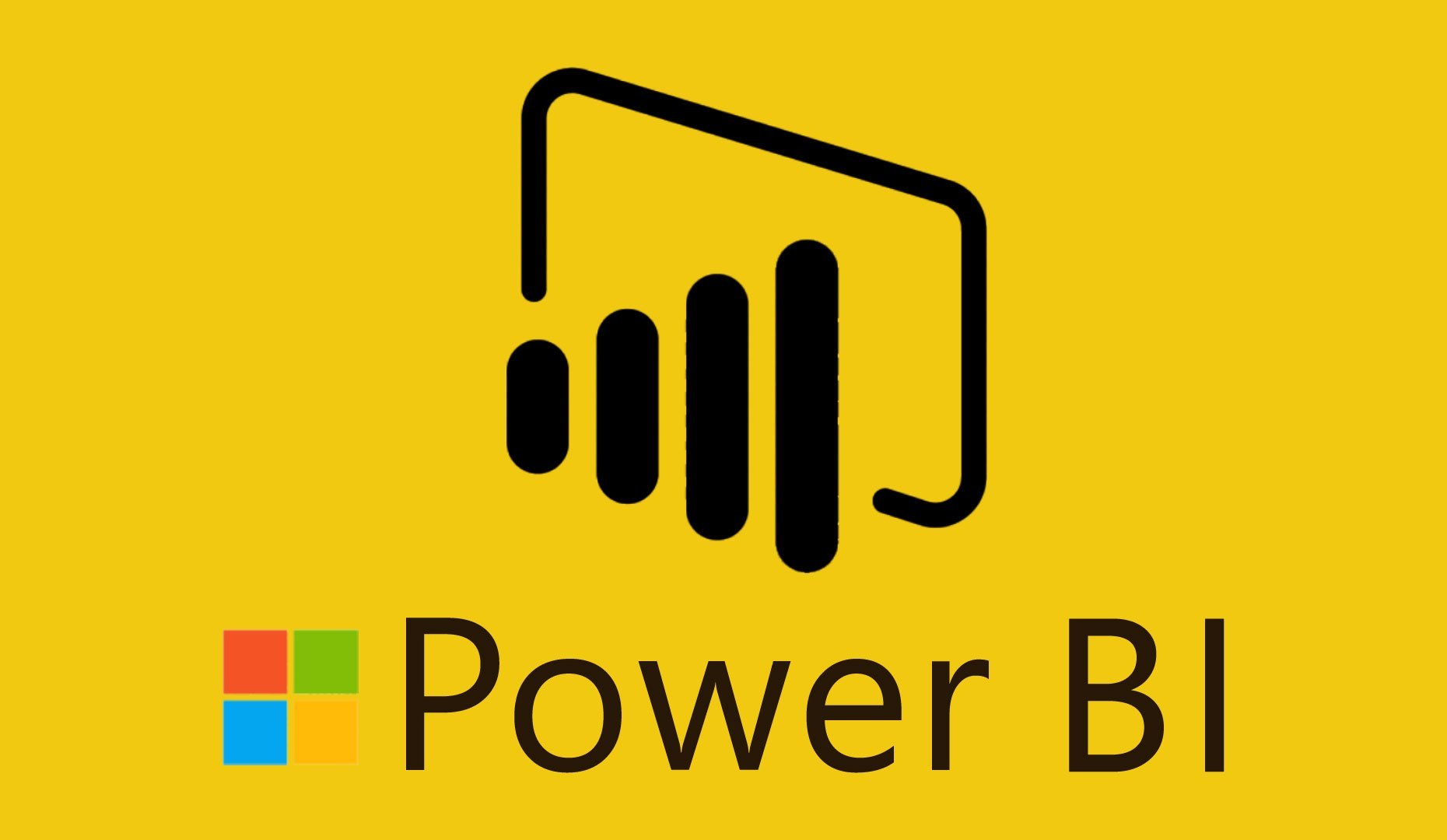
Features:
– Integration: Power BI seamlessly integrates with various other Microsoft services like Azure, SQL Server, and Excel into its software to enable ease of use.
– Custom Visualizations: It also possesses an extensive library of custom visualizations (these are extensions of the functionality of the platform apart from the built-in visuals) and dashboards.
– AI-Driven Insights: Utilizes AI to uncover trends and anomalies.
– Real-Time Data Access: Connects to various data sources and provides real-time analytics.
– Use Case: Financial services firms use Power BI to monitor financial performance, track KPIs, and forecast future trends.
2. Tableau
Tableau is renowned for its robust data visualization capabilities, enabling users to create interactive and shareable dashboards.

Features:
– User-Friendly Interface: Drag-and-drop functionality for creating complex visualizations.
– Data Source Integration: Connects to a wide range of data sources, including SQL databases, spreadsheets, and cloud services.
– Real-Time Analytics: Provides real-time data updates for dynamic decision-making.
– Use Case: Retail companies like Walmart use Tableau to analyze vast amounts of sales data, optimizing product placements and pricing strategies.
3. Looker
Looker is a cloud-based BI tool that allows companies to explore, analyze, and share real-time business analytics.
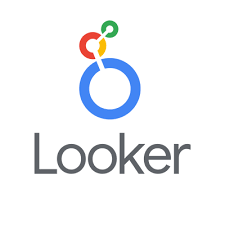
Features:
– Modern Data Architecture: Built on LookML, a modeling language that simplifies complex data analysis.
– Customizable Dashboards: Allows extensive customization to fit business needs.
– Seamless Integration with Google Cloud: Enhances capabilities through Google Cloud’s infrastructure.
– Use Case: Tech startups use Looker to analyze user behavior and product performance, driving product development and marketing strategies.
4. Qlik Sense
Overview: Qlik Sense is known for its associative data indexing engine, which helps uncover hidden insights and relationships in data.

Features:
– Associative Engine: Provides a unique way to explore data connections and associations.
– Self-Service Visualization: Users can easily create their own visualizations and dashboards.
– Data Literacy: Empowers users at all skill levels to explore and interact with data.
– Use Case: Healthcare organizations use Qlik Sense to track patient outcomes and optimize operational efficiency.
5. SAP BusinessObjects
SAP BusinessObjects is a comprehensive suite of front-end applications that allow business users to view, sort, and analyze BI data.

Features:
– Reporting and Analysis: Offers extensive reporting tools and advanced analytics.
– Enterprise-Ready: Designed for large organizations with complex data environments.
– Integration: Seamlessly integrates with SAP’s ERP solutions and other third-party applications.
– Use Case: Large enterprises use SAP BusinessObjects to handle extensive data analysis and reporting across various departments.
6. Domo
Domo is a cloud-based platform that specializes in business intelligence and data visualization.

Features:
– Real-Time Dashboards: Provides real-time data visualization with customizable dashboards.
– Collaboration Tools: Includes social features for team collaboration and data sharing.
– Mobile Accessibility: Optimized for mobile use, allowing access to data and dashboards on the go.
– Use Case: Marketing teams use Domo to track campaign performance and customer engagement metrics in real time.
7. SAS Business Intelligence
SAS BI provides a comprehensive suite of BI applications designed for advanced analytics.

Features:
– Advanced Analytics: Offers powerful statistical analysis, predictive modeling, and data mining capabilities.
– Custom Reporting: Allows users to create detailed and customized reports.
– Data Management: Provides robust data management and integration tools.
– Use Case: Financial institutions use SAS BI for risk management, fraud detection, and customer insights.
8. IBM Cognos Analytics
IBM Cognos Analytics is an integrated BI solution that provides a wide range of reporting and analysis tools.
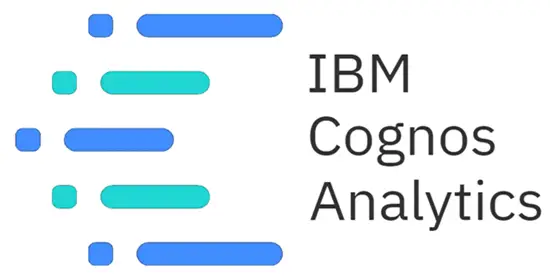
Features:
– AI Integration: Utilizes AI to automate data preparation and generate insights.
– Data Exploration: Allows users to explore data sets and create visualizations without extensive technical knowledge.
– Scalability: Designed to handle large-scale data environments.
– Use Case: Government agencies use IBM Cognos Analytics for public sector reporting, compliance tracking, and policy analysis.
Comparative Analysis: Which BI Tool is the Best?
In this section, each BI tool we have mentioned will be compared based on certain key features.
- Ease of Use: based on simplicity and ease of use here is a list of suitable BI tools in descending order.
- Power BI: Offers a familiar interface for Microsoft users, making it easier to adopt.
- Tableau: Known for its intuitive drag-and-drop interface.
- Looker: Requires some learning curve due to its unique LookML language.
- Qlik Sense: User-friendly with powerful associative data indexing.
- SAP BusinessObjects: Best suited for users familiar with SAP environments.
- Domo: Easy to use with a focus on collaboration and mobile access.
- SAS BI: Requires more technical expertise but offers comprehensive analytics.
- IBM Cognos Analytics: Accessible for non-technical users but powerful enough for complex analysis.
2. Integration Capabilities:
- Power BI: Best for organizations deeply invested in the Microsoft ecosystem.
- Tableau: Excellent for diverse data sources and multi-platform environments.
- Looker: Ideal for Google Cloud users.
- Qlik Sense: Versatile integration options but shines with complex data relationships.
- SAP BusinessObjects: Integrates seamlessly with SAP ERP and other enterprise systems.
- Domo: Connects to a wide range of data sources and cloud applications.
- SAS BI: Strong integration with SAS’s advanced analytics and data management tools.
- IBM Cognos Analytics: Integrates well with IBM’s suite of data and AI tools.
3. Visualization and Customization:
- Power BI: Strong in customization with a rich library of visuals.
- Tableau: Superior in data visualization capabilities.
- Looker: Highly customizable but with a steeper learning curve.
- Qlik Sense: Provides innovative visualizations and deep data exploration.
- SAP BusinessObjects: Offers robust reporting and dashboard customization.
- Domo: Focuses on real-time, collaborative dashboards.
- SAS BI: Advanced visualizations tailored to complex analytics.
- IBM Cognos Analytics: User-friendly with extensive customization options.
4. Cost:
- Power BI: Generally more affordable, especially for existing Microsoft users.
- Tableau: Higher cost but justifiable for its advanced visualization features.
- Looker: Premium pricing reflecting its robust capabilities.
- Qlik Sense: Competitive pricing with strong features.
- SAP BusinessObjects: Higher cost, suitable for large enterprises.
- Domo: Mid-range pricing with a focus on collaboration and mobile use.
- SAS BI: Premium pricing for advanced analytics.
- IBM Cognos Analytics: Varies based on scale and features required.
In conclusion, choosing the best BI tool depends on your organization’s specific needs, existing technology stack, and budget.
– Power BI is ideal for those heavily integrated with Microsoft products and looking for cost-effective solutions.
– Tableau excels in data visualization, making it suitable for businesses that need deep insights through graphical representations.
– Looker is perfect for companies leveraging Google Cloud and requiring advanced analytics capabilities.
– Qlik Sense stands out for its associative data indexing and is a strong contender for complex data environments.
– SAP BusinessObjects is suitable for large enterprises needing comprehensive reporting and integration with SAP systems.
– Domo is great for real-time data visualization and team collaboration, especially on mobile.
– SAS BI offers powerful advanced analytics for organizations needing in-depth statistical analysis.
– IBM Cognos Analytics provides a scalable solution with robust AI integration and customization.
Each tool has its strengths and can significantly enhance your business intelligence capabilities. By understanding your unique requirements and aligning them with the right BI tool, you can unlock the full potential of your data and drive business success.
References
1. The Best Data Visualization Tools Of 2024 – Forbes Advisor
2. Advanced BI Tools Aim to Democratize Data Science in Brazil – Company Announcement – FT.com
3. 19 Business Intelligence (BI) Reporting Tools – HubSpot Blog



